Barn owl numbers on the rise in Northern Ireland
- Published

It's estimated there are fewer than 30 breeding pairs of barn owls left in Northern Ireland
One of Northern Ireland's most vulnerable farmland birds saw a huge increase in the number of chicks and breeding pairs last year.
Twenty-four barn owl chicks were born in 2022 from eight breeding pairs - six times the number of chicks born in 2021, according to Ulster Wildlife.
Two new nest sites were also discovered in County Down last year.
The conservation charity estimates that there are fewer than 30 breeding pairs left in Northern Ireland.
The barn owl is one of Northern Ireland's rarest birds and is red-listed on the Irish Birds of Conservation Concern and protected under the Wildlife (NI) Order 1985.
Barn owls: Northern Ireland sees increase in chicks
Ulster Wildlife said the barn owl was "under serious threat" in Northern Ireland - with the population declining drastically since the 1930s.
But, according to the charity, there are reasons to be hopeful after a wet spring and hot summer in 2021 resulted in a poor breeding season.
In 2021, there were only two known broods recorded but that increased to eight in 2022. The same year, four chicks were born.
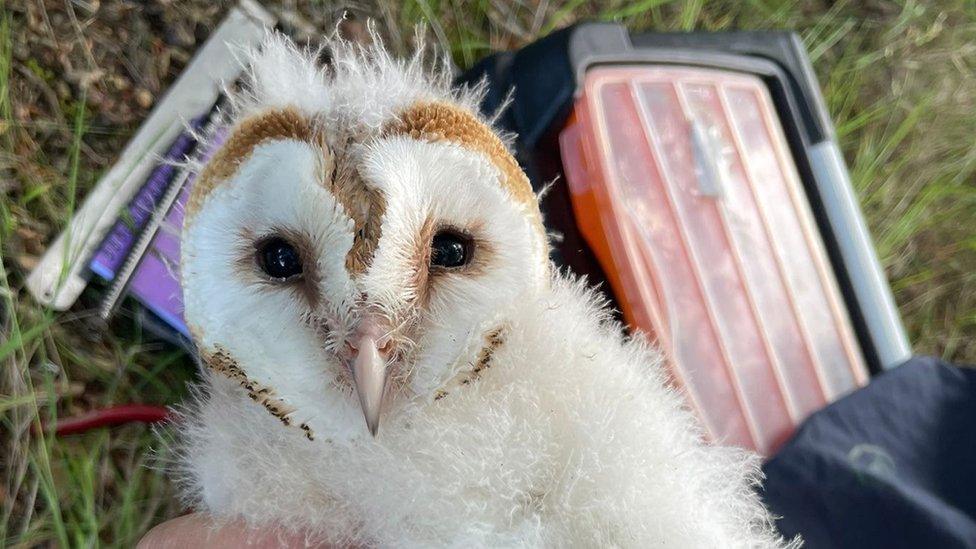
Twenty-four barn owl chicks were born in Northern Ireland in 2022, compared to four in 2021
The charity published its 2022 barn owl report on Wednesday.
Katy Bell, a senior conservation officer at Ulster Wildlife, said they were delighted "to see the fortunes of barn owls changing" after a troubled 2021.
"Every time we think the population is increasing we lose some of our breeding pairs so this year's news is very positive," Ms Bell said.
"Barn owls need a number of things to survive. Plenty of wildlife-friendly habitat on farms with enough small mammals to eat, places to nest and roost, as well as climatic stability.
"All of these factors play a part in their success and a big part of our work to help this species recover is advising landowners and farmers on habitat improvements and putting up artificial nest boxes.
"It is great to see this paying dividends in 2022, providing a welcome boost for our small and struggling barn owl population."
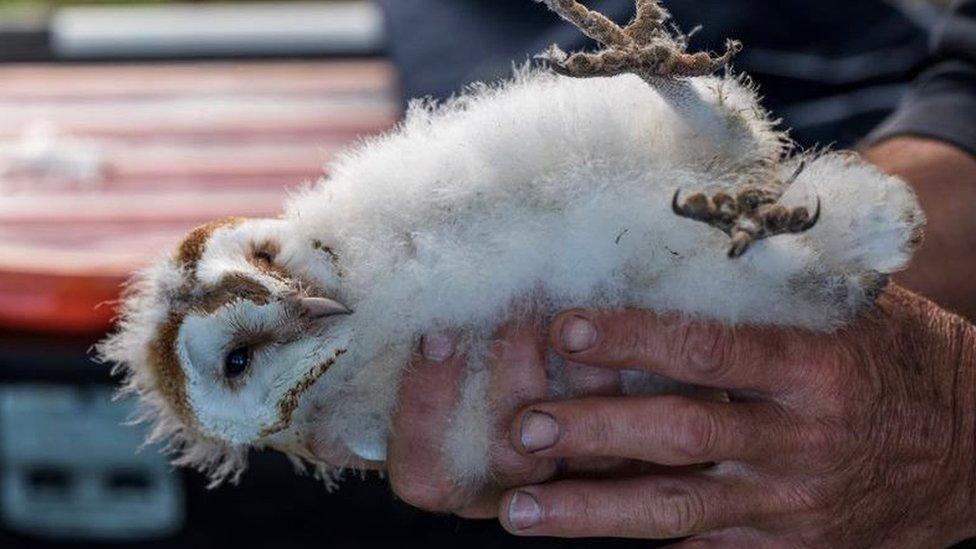
Barn owls struggled to breed in 2021 due to a wet spring and hot summer
Fragile population
Barn owls face a number of pressures including loss of habitat for hunting and nesting, extreme weather, poisoning from rodenticides and road traffic collisions, according to Ulster Wildlife, external.
They also struggle to hunt in extreme weather conditions.
Their soft feathers are not waterproof, so excessive rainy, cold or windy conditions can be disastrous for a breeding pair.
Likewise, a prolonged dry summer can have a major impact on both their prey and the chicks themselves.
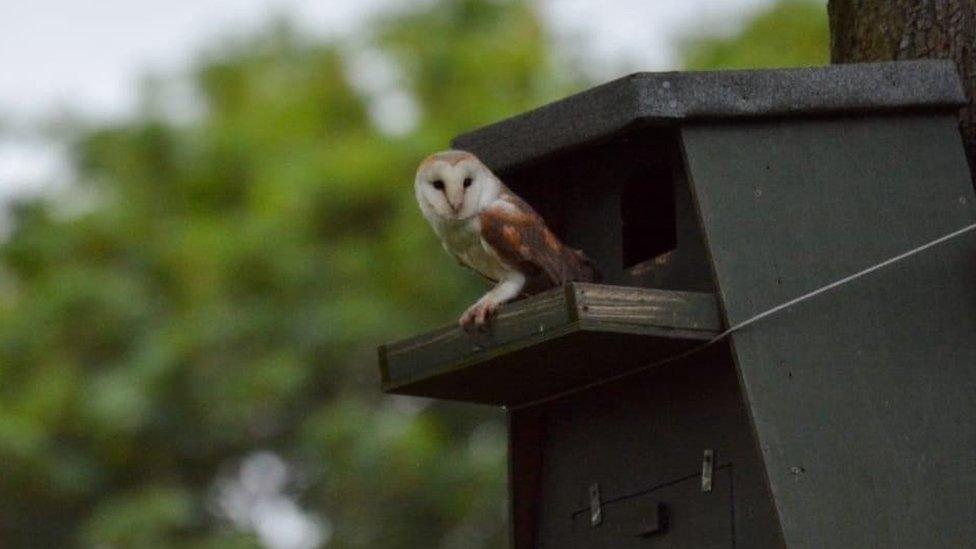
Ulster wildlife erected 20 man-made nest boxes last year to help boost the bird's fragile population
During its survey last year, Ulster Wildlife carried out 34 visits to landowners to advise on ideal barn owl habitat.
They also erected 20 man-made nest boxes in suitable locations to replace the loss of natural nesting sites in barns, old buildings and tree cavities.
Seventy-six nest-boxes were also checked across the countryside last summer for signs of barn owl activity, as well as surveying 11 potential new breeding sites.
Ms Bell said there was the potential in 2023 to build on the success of the barn owl conservation work.
"We want to find more nest sites, support more landowners and nest-minders, create a network of habitats and nest boxes and ultimately help protect and expand our population of barn owls," she said.
"Sightings of these elusive birds are really important to help target our efforts so we would encourage anyone to get in touch."
Related topics
- Published1 March 2023
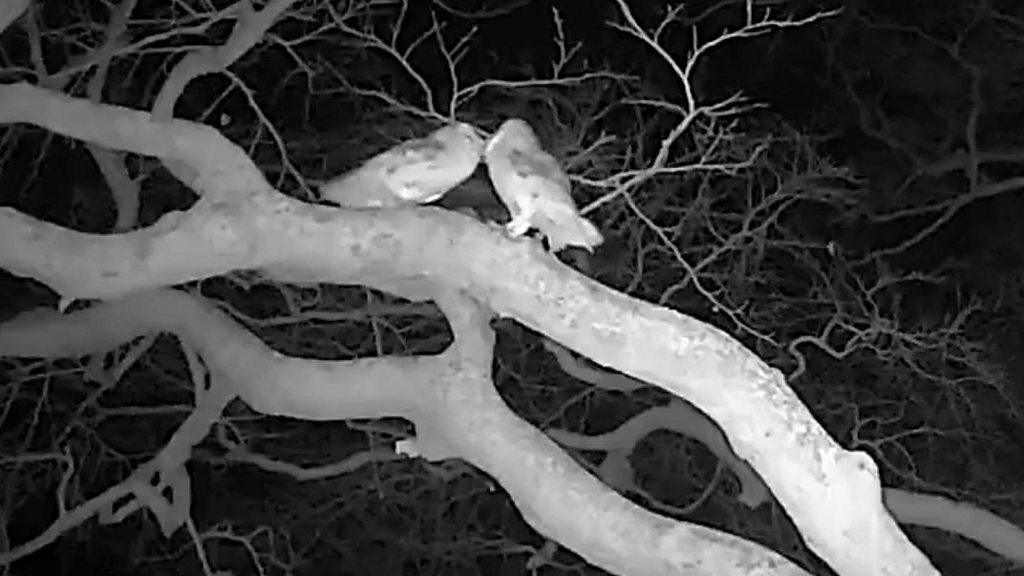
- Published17 September 2015
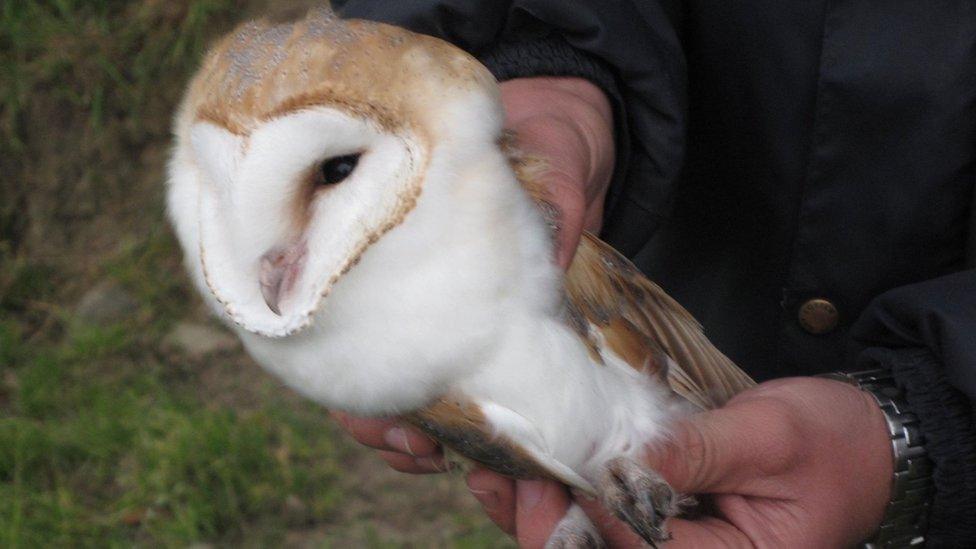
- Published27 July 2018

- Published17 June 2014
